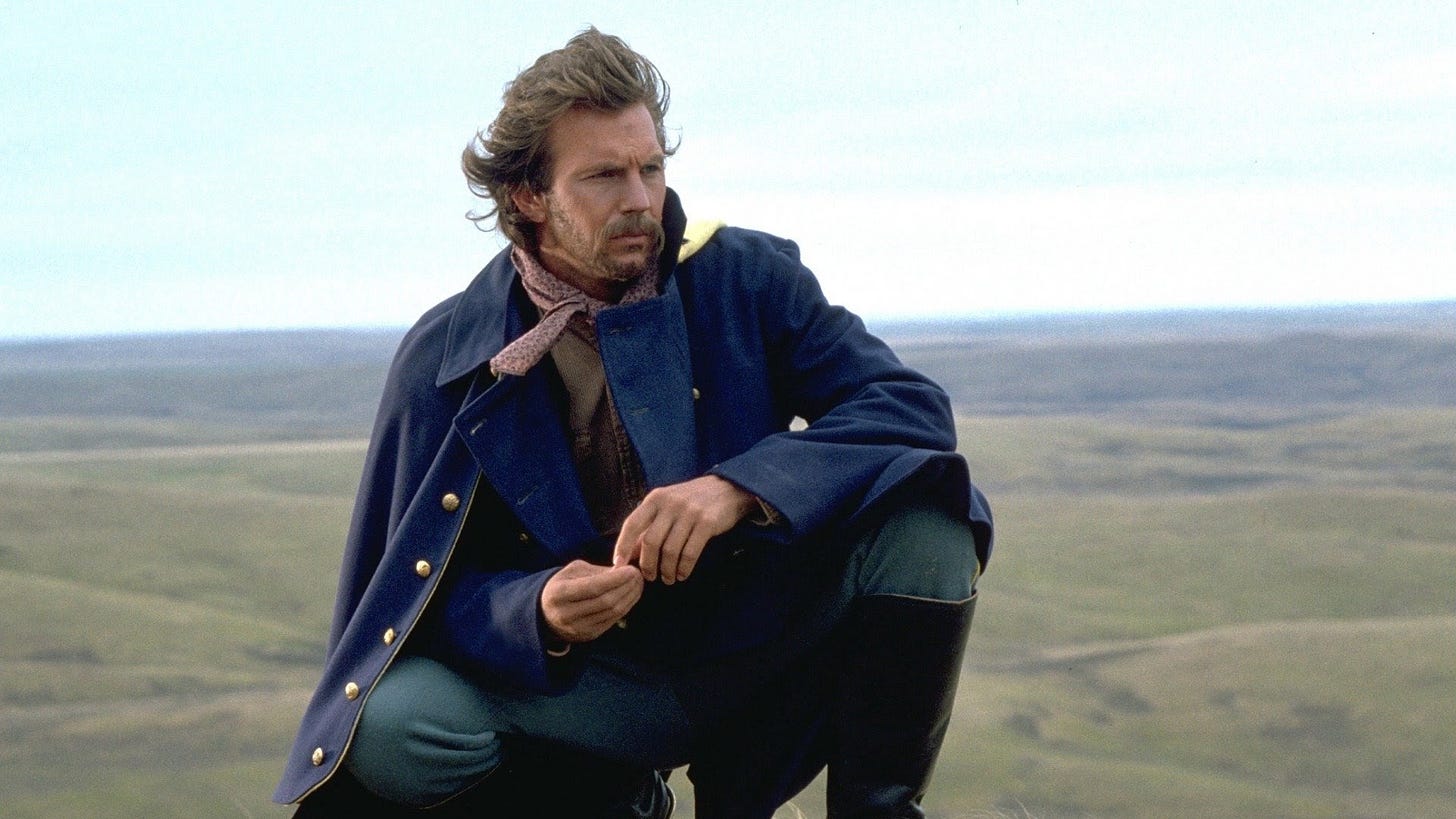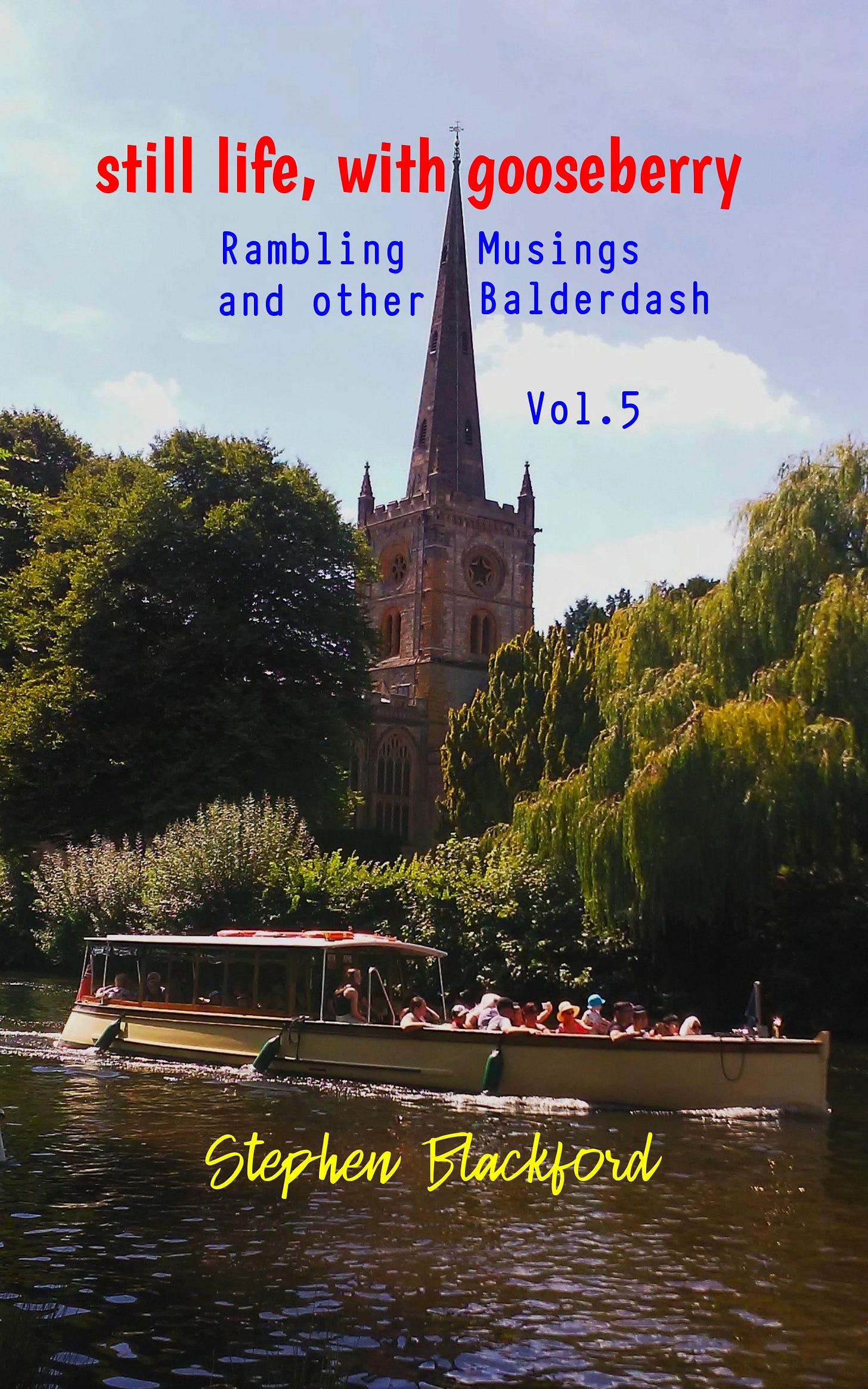Dances with Wolves (1990) A Retrospective
Kevin Costner and his multi Oscar winning epic that remains as remarkable as it ever was

Through the beginning of the minimal opening credits and set against the earliest strains of John Barry’s Oscar winning original musical score we cut to two largely unseen doctors, shot only to waist level, their heavily bloodied aprons matching the boots being removed from a similarly largely unseen soldier sprawled out on a table in a tent within an open air hospital. Tired and weary, the doctors talk of “gangrene” but too tired and in need of a break they walk away, leaving the camera to focus on “John Dunbar” (Kevin Costner) for the first time. Exhausted and bloodied from battle, he can only raise his head momentarily and exclaim a heartbroken “oh” at his bloodied and badly damaged feet and lower legs before with a second wave of energy he raises himself further from the bed and Costner the director now paints a picture with his camera: of a densely populated field hospital full of broken and recovering soldiers, an amputee hobbles on crutches and, closer to home and nearby, a bloodied saw amongst an array of doctor’s equipment and to his right, his now discarded boots. Through blood stained hands and severe pain he slowly manages to slide a bloody foot inside one boot before snapping a piece of wood, placing it between his teeth and biting down hard to prevent any loud exclamations of pain as he slowly slides his other boot over the damaged leg and foot highlighted for amputation.
Through continuing opening credits we now cut to an array of soldiers on one side of a no man’s land between two warring factions. Although no words are spoken, the picture painted by director Costner’s moving camera is of sombre despondency with soldiers around small camp fires, some reading or writing letters but all looking dirty, bedraggled and tired from battle.
“ST DAVID’S FIELD — TENNESSEE — 1863”
Casting a shadow over a fellow soldier and oblivious to the gunfire from the other side of this no man’s land field, John Dunbar, bloodied and exhausted, collapses before responding if he’s been to the hospital with a simple if disconsolate “It was no good”. Dunbar asks his fellow soldier as to progress in the current battle to which the soldier jokingly replies he could ask the Major, standing alone and lost in a nearby field with his hands over his face and “wondering why the officer’s mess has run out of peaches and cream!” or the General, high atop a nearby field and away from the impending battle to “watch the show”. With a resumption in battle imminent, the soldier confirms with some dread that “Tucker’s men are as tough as cobs” as Dunbar scans a nearby field containing several horses. Continually joking about the battle ahead and lamenting why they can’t settle this over a “game of high stakes poker”, the soldier turns to see that Dunbar has gone before he quickly gallops towards him on a horse before leaping over the fence and charging through the field towards the Confederate forces on the other side. Dunbar, fearing for the amputation of his leg, is clearly on a suicide mission as he deliberately rides the full length of the enemy forces drawing their gunfire before stopping, turning, and after pleading aloud “Forgive me Father”, he returns once more along the lines of enemy fire, arms now outstretched in one of the movie’s many, many iconic images. Spurred on by Dunbar’s bravery, the Union/Federal forces charge across the no-man’s land towards a now quickly retreating Confederate army. Post battle and with a small victory assured, Dunbar, weary but still alive, is found, leg dangling in his horse’s stirrup. “Don’t take off my leg” he pleads to the General who first assures him he won’t before calling for his personal ambulance and surgeon to attend to him immediately as he concludes “We got a soldier lying here who’s worth something”.
We cut to the first of many on-going diary style narrations from Dunbar:
“The strangeness of this life cannot be measured. In trying to produce my own death, I was elevated to the status of a living hero. I was also awarded Cisco, the trusty mount who carried me across the field that day and on full recovery, I was given a transfer to any station I desired. The bloody slaughter continues in the east as I arrived at Fort Hayes, a tiny island of men and material surrounded by a never ending sea of Prairie”.
Riding through this working town, we now see Dunbar hitching his trusty horse before entering the office of “Major Fambrough” (Maury Chaykin) a strangely erratic and eccentric Major who despite Dunbar’s repeated courtesy and respectful addressing of him as “Sir” is the very epitome of John’s earlier narrative description of “strangeness”. Aloof and distracted, the Major is both surprised that such a “decorated” soldier is here before him and at his own request to see the frontier and ,in Dunbar’s own words, “before it’s gone”. Passing a seal of passage to the very tip of the frontier at Fort Sedgwick, the Major dismissively calls Dunbar “Sir Knight” before rising from his desk and exclaiming “I’ve just pissed my pants and there’s nothing anybody can do about it”. Dumbfounded, John leaves.
As he prepares to hitch a ride to Fort Sedgwick with “Timmons” (Robert Pastorelli) the Major taps on his office window before exclaiming “For the journey” and “For your journey” to which John ignores and after cutting from Dunbar and Tibbons leaving on their arduous journey to the frontier, the camera returns to the Major who downs a final drink before pointing the muzzle of a gun to his temple, exclaiming “The King is Dead. Long live the King”.
Dunbar turns from aboard the wagon on the sound of the gunshot before he and Tibbons continue on their journey.
Star Date: Wednesday 29th January 2025 and I mark this date for no other reason than I’ve mainly recovered from my second bout of flu for the year and wrapped like a shitting dog in a warming duvet I watched Dances with Wolves for the first time in three decades last evening and it remains just as bloody magnificent as it always did. I’m an emotional old soul at the best of times so there’s no point blaming the flu for my fragile condition or that of a 52 year old man feeling sorry for himself and sobbing his heart out many times during the three hour run time. I’m among friends here I guess, so I can admit that. But if you haven’t seen Kevin Costner’s debut film and winner of 7 Oscars at the 63rd Academy Awards in 1991 (Best Picture, Best Director, Best Adapted Screenplay, Best Cinematography, Best Film Editing, Best Original Score and Best Editing) treat yourself sometime as there’s still over 2 hours and 40 minutes of a magnificent film not covered here and hopefully this will whet your appetite to do so.
Aside from the Oscar recognition, there is so much to admire in Costner’s debut masterpiece and before his producer credits in the final decade of the 20th Century alone on blockbuster hits such as Robin Hood: Prince of Thieves, The Bodyguard, Wyatt Earp, Waterworld, Thirteen Days as well as producing and directing 1997’s The Postman. Away from Costner (who also breaks my heart in 1989’s Field of Dreams, but that’s another convoluted story for another day) Mary McDonnell (“Stands With A Fist”), Graham Greene (“Kicking Bird”), Rodney Grant (“Wind in his Hair”), Floyd Westerman (“Chief Ten Bears”) Tantoo Cardinal (“Black Shawl”) and Nathan Lee Chasing His Horse (“Smiles A Lot”) all deserve repeated and retrospective praise for their astounding performances and if you don’t cheer or indeed cry with delight at the end when “Two Socks” the wolf howls his delight then you clearly have a heart made of purest stone! So too when Wind in his Hair proclaims his everlasting friendship to Dunbar with the forever pleasing:
“Dances with Wolves! I am Wind In His Hair. Do you see that I am your friend? Can you see that you will always be my friend?”
Friendship is a natural through line of the film despite the opening 17 minutes I’ve dissected above and the first hour of the film depicting the rugged openness of indigenous American Indian land ripe for capture, domination and dominion. Friendship and kinship rather than barbarity and slaughter. A second life perhaps after the ending of another. Acceptance and understanding. Cultural appreciation rather than bland appropriation? The film was lauded for its historical accuracy and lambasted in equal measure, an ignorance of which means I can’t pass comment. But 30+ years on I was a 20 something again who had wind in his hair and who smiled a lot, and for 3 hours I lost myself in a film that was still as magnificent as I remembered it always was.
Thanks for reading. I hope this message in a bottle in The Matrix finds you well, prospering, and the right way up in an upside down world.
Whilst you’re here I may as well brag about the release of my two recently self-published books. Both are free to read if you subscribe to Amazon Kindle “Unlimited” or reasonably priced in both paperback and hardback. Go on, treat yourself or a loved one and help out an Indie Author! Buy the books if you’re financially able to. They also look far, far better in print!
We HAVE to keep the spirit of reading books alive and well.
Thanks.
"still life, with gooseberry" - link to Amazon
"Rasputin and Raspberry Jam" - link to Amazon






